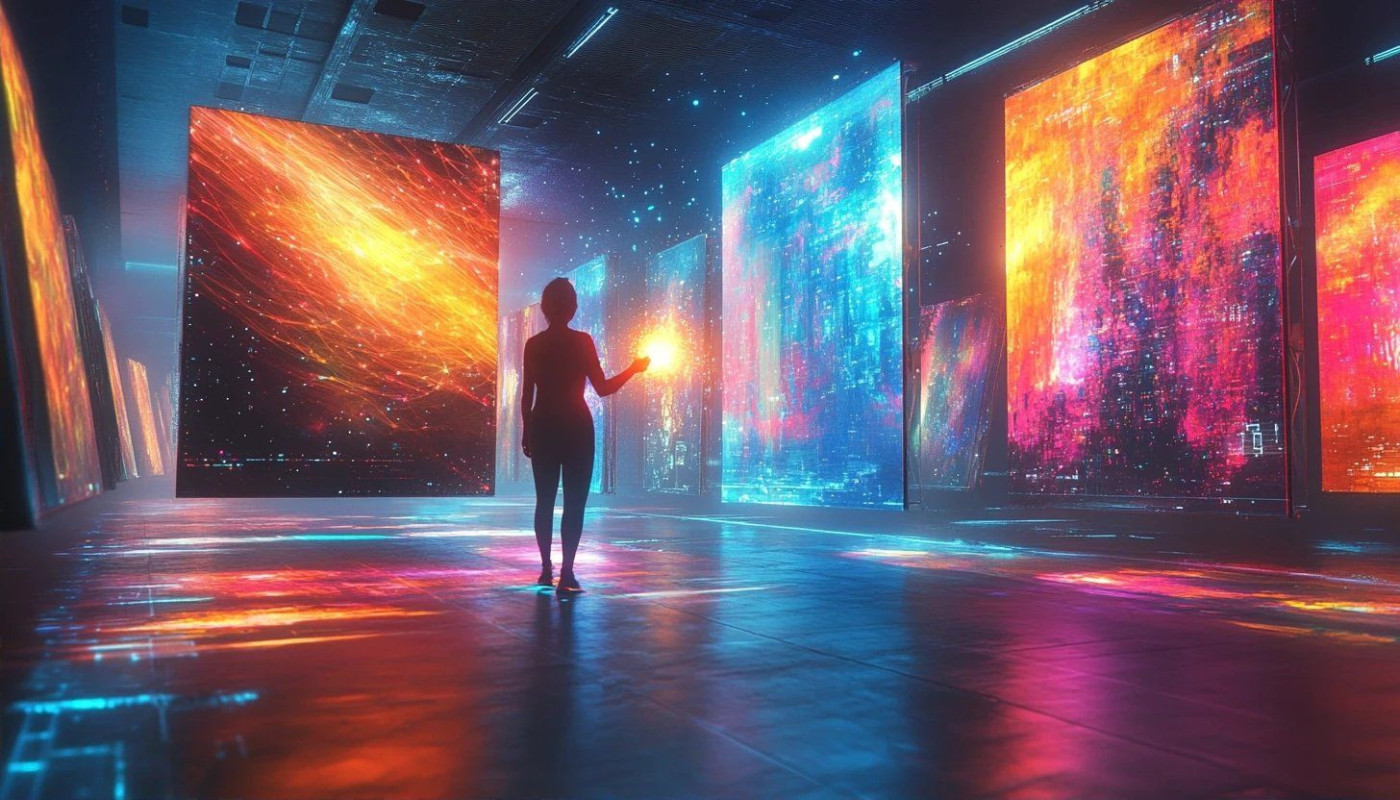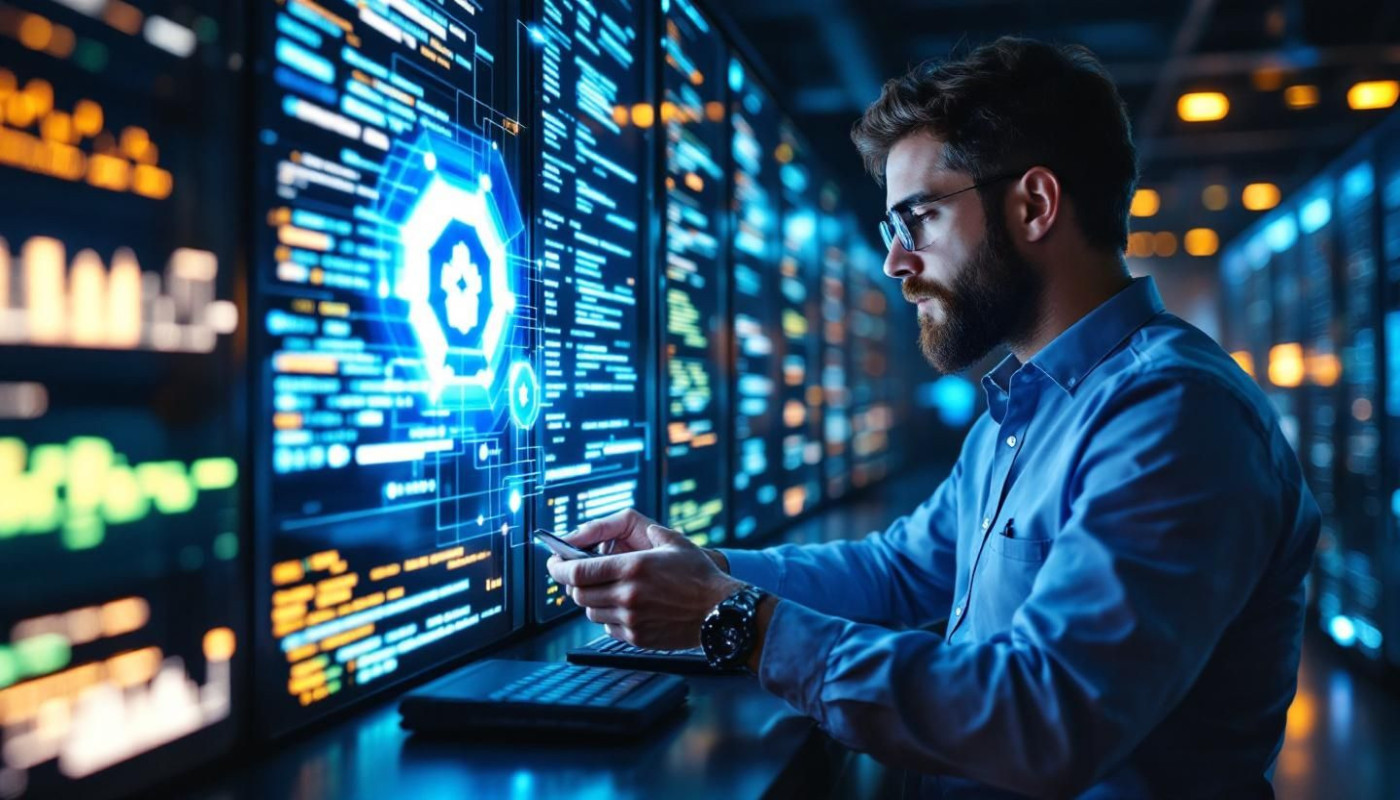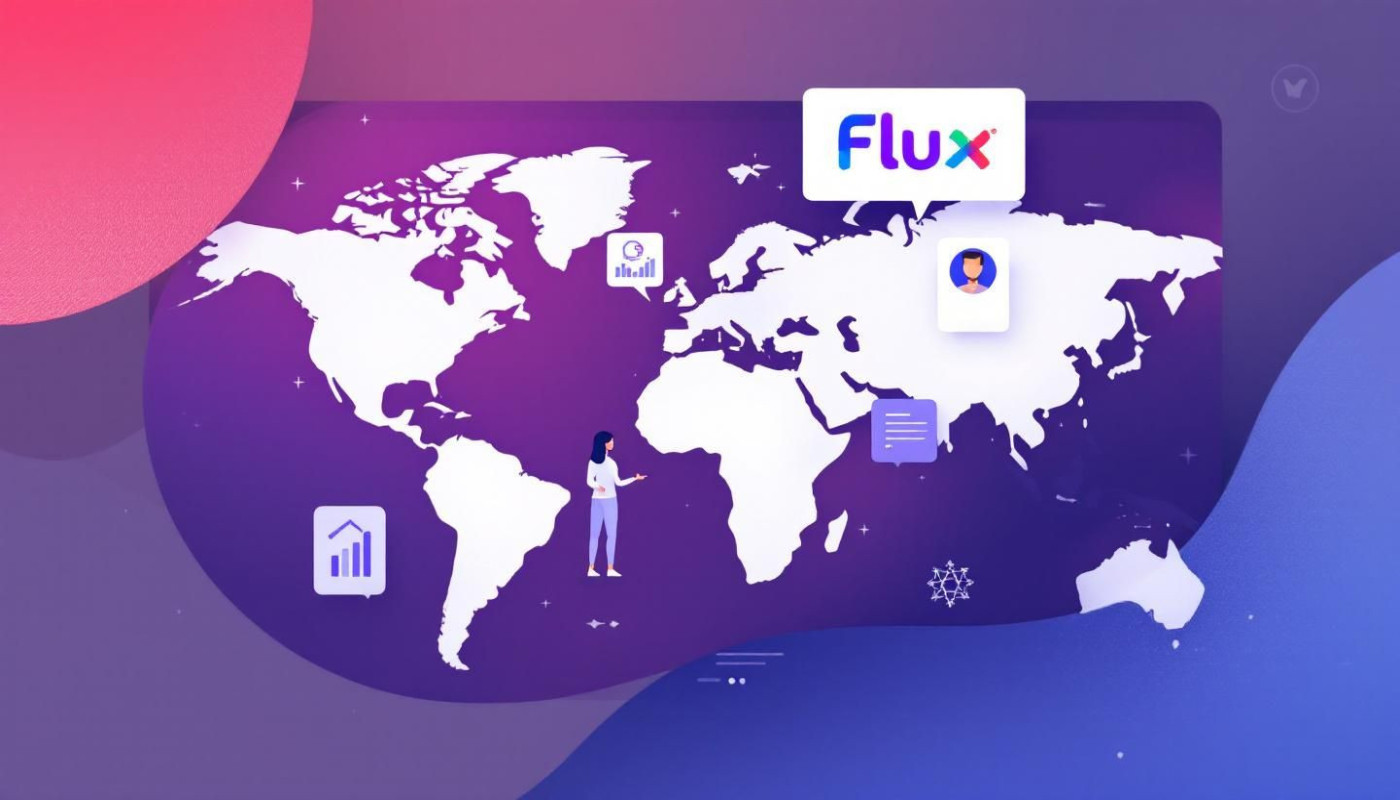Table of contents
Step into a world where artificial intelligence redefines creativity and empowers effortless transformation of images. With rapid advancements in technology, the boundaries between imagination and reality are blurring faster than ever before. Discover in the following sections how AI-driven tools are making image enhancement not only accessible but profoundly exciting for creators of every skill level.
Redefining creativity through AI
Artificial intelligence is dramatically reshaping the landscape of creative potential, giving users the ability to explore visual ideas with a freedom unimaginable in the past. By leveraging advanced neural networks, image transformation becomes a seamless process, where the software can analyze a vast range of styles, textures, and compositions, then automatically generate unique outputs. This capability enables artists and designers to experiment boldly, fostering artistic expression that crosses traditional boundaries. The world’s leading AI researcher highlights how artificial intelligence continuously learns from millions of images, refining its algorithms to deliver intuitive suggestions and innovative results. As a result, creators are now equipped to transform their concepts into striking visuals, bringing even the most abstract imaginations to life with unprecedented efficiency and precision.
Effortless image enhancement explained
AI-powered image enhancement has revolutionized the way users approach visual quality improvement, making effortless editing not just possible but highly accessible. At the core of these advancements are sophisticated algorithms, such as deep neural networks, trained to recognize and correct imperfections in photos. These systems analyze elements like color balance, contrast, and sharpness, adjusting them automatically for a clearer, more vibrant image. Super-resolution techniques enable AI to reconstruct missing details, boosting resolution and clarity without manual retouching. With these tools, even complex tasks like noise reduction or detail refinement require only a single click, removing the need for advanced technical knowledge.
Renowned computer vision scientist Dr. Elise Turing notes the democratizing impact of AI tools, as they bridge the gap between professional photo editors and everyday users. High-quality image enhancement is no longer limited to those with specialized software or years of experience. Platforms like Photo Enhancer embody this shift, offering intuitive interfaces and rapid results powered by advanced machine learning. The process saves time while ensuring consistently impressive clarity, enabling anyone to achieve studio-level results from their own device. This evolution supports a broader movement towards inclusive, user-friendly technology that maximizes creative potential for all.
Personalized styles at your fingertips
AI image editing revolutionizes creative workflows by empowering users to apply personalized styles and artistic effects to any photo with unprecedented ease. Thanks to advanced algorithms like style transfer, individuals can effortlessly mimic the brushwork of masters such as Van Gogh or Picasso, or craft custom filters tailored to their unique vision. This once-demanding digital artistry now extends far beyond the realm of professional studios, placing creative freedom directly into the hands of enthusiasts and hobbyists alike. A top digital art director would highlight how these AI-driven tools democratize access to sophisticated editing, enabling everyone to explore, experiment, and produce striking visuals that reflect their personal tastes and artistic aspirations.
Seamless integration of AI technologies ensures the rapid adoption of custom effects, transforming image editing into a deeply personalized experience. Users no longer need to master complex software or invest in costly equipment; instead, they can harness intuitive platforms to enhance photos, reinvent styles, or merge multiple influences in a single click. The intersection of AI image editing and creative freedom opens new possibilities, allowing anyone to distinguish their work in a crowded digital landscape by leveraging both automation and imagination. With personalized styles and artistic effects readily available, creative expression becomes more accessible and diverse than ever before.
Streamlined workflows for creators
Digital creators seeking creative efficiency now benefit from robust AI automation designed to overhaul traditional processes. By implementing an advanced automation pipeline, repetitive and time-consuming tasks such as image enhancement, background removal, and format conversion are handled without manual intervention. This streamlined workflow not only eliminates bottlenecks but allows for seamless integration with widely-used creative platforms, enabling digital creators to manage all aspects of their projects in one cohesive environment. The resulting productivity gains are significant, with reduced turnaround times making it feasible to tackle larger volumes of work or accelerate delivery on tight deadlines. Leading workflow optimization consultants emphasize that AI automation empowers creative professionals to focus on conceptual tasks and innovation, rather than getting bogged down by routine operations, ultimately transforming how visual content is produced and delivered.
Future trends in AI image creation
The future of AI in image creation is shaped by rapid advancements in generative models, with generative adversarial networks (GANs) at the forefront. As AI futurists predict, these technologies are not only refining the quality and realism of generated images but also enhancing user control and personalization. Real-time rendering is emerging as a game-changer, allowing creators to see instant results and make adjustments on the fly, which accelerates workflows and inspires experimentation. Adaptive learning enables AI systems to continuously improve by analyzing user feedback and evolving artistic preferences, thus offering an increasingly intuitive and tailored creative experience.
Image creation trends point towards even greater creative empowerment, as users will soon access tools that blend technical sophistication with user-friendly interfaces. The integration of generative models and adaptive learning will drive accessible democratization of design, making high-level artistic output available to professionals and novices alike. With real-time rendering and generative adversarial networks, the boundaries of visual content production are expanding, fostering new possibilities for storytelling, branding, and digital expression. As the future of AI unfolds, expect a surge in innovative solutions that transform how images are conceptualized, produced, and shared across industries.
















